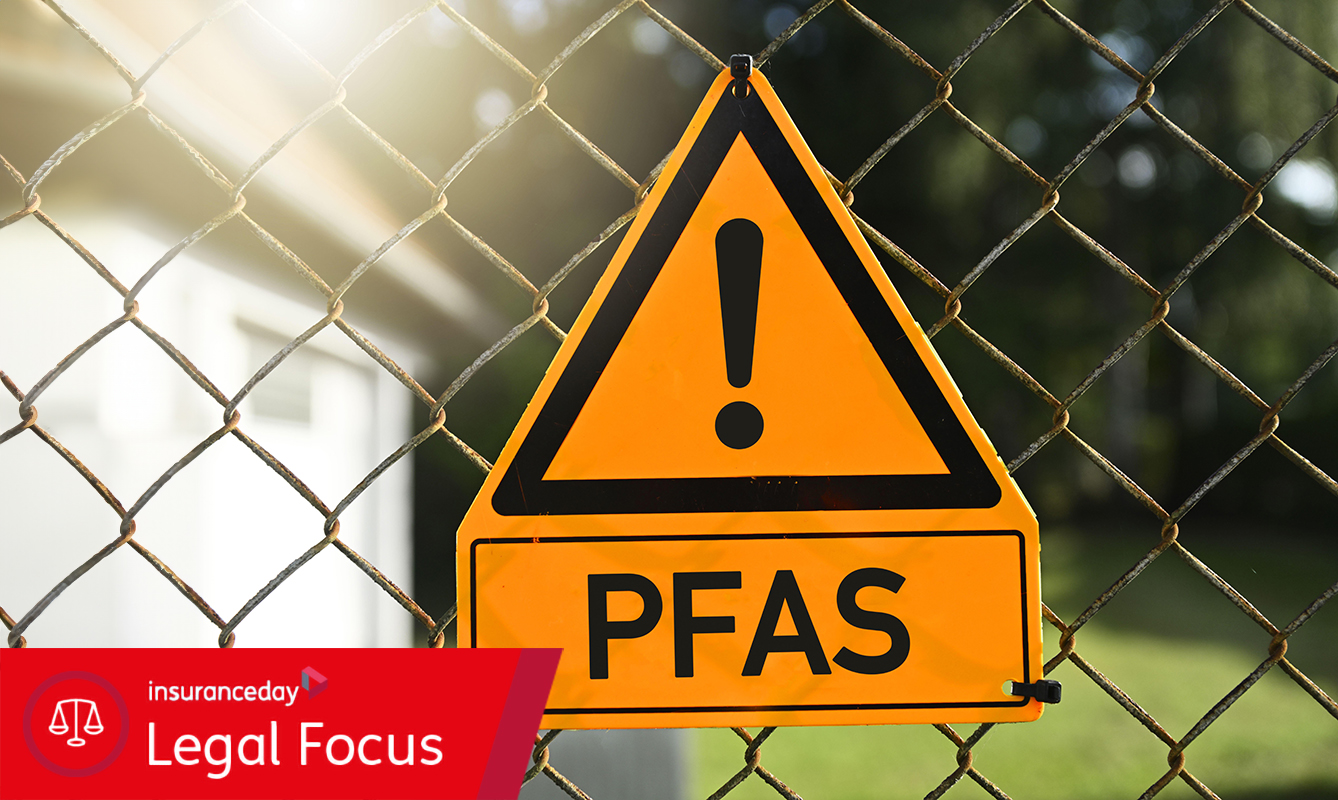Emerging casualty catastrophe risks challenge risk modellers
A potential emerging risk can quickly move from being a remote threat to something more urgent, but improved understanding can create opportunities for the industry
Often regarded as ‘black swan’ events, casualty catastrophes are a major threat to re/insurers. But modelling emerging liability risks presents significant difficulties for carriers, given their unpredictability and lack of data
Re/insurers face a degree of change and uncertainty that appears to be evolving at an ever-quickening pace.
Swiss Re’s latest Sonar report on emerging risks warns of a “poly-crisis” of interconnected and complex new and emerging risks, driven by climate change, geopolitical instability, social inequality, digital transformation, and health challenges.
And this year’s Global Risks Report from the World Economic Forum highlighted rapidly accelerating technological change and economic uncertainty in a world “plagued” by the climate crisis and conflict.
Trying to understand and model emerging risks is hugely challenging for re/insurers. By definition, emerging risks are new and unforeseen so their potential for loss is not fully known and their impact is largely not observable by traditional risk management methods. But an improved understanding of emerging risks can create opportunities for the industry, Swiss Re’s chief risk officer, Patrick Raaflaub told Insurance Day in a recent interview.
Emerging risks with the potential to create liability catastrophes are arguably the most daunting threat. Such “casualty catastrophes” have become increasingly frequent and severe over recent decades, exposing re/insurers to much more risk than they may have realised and reserved for – asbestos and the 2008 financial crisis are prime examples.
In the case of casualty catastrophes, a single root cause can trigger a chain reaction that can affect multiple lines of business, insureds and even multiple accident years. Carriers may have to pay claims that at first seem unrelated to the event’s initial trigger.
Regulators are taking a close interest in these risks. In 2021, the UK’s Prudential Regulation Authority told firms to implement forward-looking risk management frameworks for man-made risks. Lloyd’s also requires syndicates to model and report against various realistic disaster scenarios that include liability scenarios.
Modelling emerging casualty risks is challenging. The historical record on liability risks is constantly changing and, in some cases, the variables almost seem infinite. These challenges are exacerbated by a lack of data.
Unlike property catastrophes, casualty catastrophes do not follow patterns. Property disasters are largely found in the same regions with little change year on year. Casualty catastrophes, however, rarely arise from the same conditions as their predecessors. In fact, many potential casualty catastrophes are still considered “black swan” events, as Guy Carpenter said in a report Ahead of the curve: understanding emerging risks.
“The data set is vast, and when casualty catastrophe indicators appear, it may be typically too late to take preventive action. Therefore, casualty writers need to be proactive in regards to these unknowns,” the Guy Carpenter report said.
The broker urged carriers “to proactively and systematically understand these emerging and casualty exposures and be able to measure the directional impacts they will have on their portfolios’ exposures and aggregate limits”.
More sophisticated modelling
Despite the challenges, modelling sophistication is improving. Risk modelling firm Praedicat, which launched in 2012, specialises in emerging casualty risks, with a particular focus on mass torts.
The company seeks to identify emerging risks that might give rise to harm and potential liability, and then models the possible financial impacts through commercial chains and industry sectors.
Praedicat has modelled scenarios such as litigation relating to PFAS (per- and polyfluoroalkyl substances), toxic baby food, chlorpyrifos (pesticide) and talc.
It uses a database of “algorithmically identified” emerging risks, together with qualitative and quantitative exposure-based information to assess liability risks.
To monitor and analyse new emerging risk trends, Praedicat’s technology platform leverages artificial intelligence and natural language processing to scan millions of scientific and other scholarly sources. Once new risks are identified, quantitative models are created to translate the scholarship into estimates of the risk of loss.
This data is connected to Praedicat’s database of more than 100,000 companies, to produce an “actionable” company risk score.
Insurers can look at the impact of risks at a company, industry or portfolio level. The company has a database of tens of thousands of potential risks that it is monitoring.
 Matthew Lewis, client engagement manager, Praedicat
Matthew Lewis, client engagement manager, Praedicat
While availability of data is undoubtedly a challenge, Matthew Lewis, client engagement manager at Praedicat, says in an interview with Insurance Day a lack of scientific data to support the modelling is not the main concern. Instead, he highlights the lack of company data – a single, global database of companies does not exist – and clarity in relation to policy exclusions. “There’s a lot of ambiguity around coverage and, until it is tested in court, we have no idea if [the harm] is going to be covered or not,” Lewis says.
Verisk, another modelling firm, offers an emerging liability loss assessment framework through its Arium platform. The platform focuses on quantifying emerging risks such as PFAS, climate change and opioids. “Our research seeks to address the question of how an emerging risk might translate into systemic losses and how we can construct a model to quantify those losses based on key parameters,” the company’s senior vice president for casualty analytics, Eric Gesick, tells Insurance Day.
Verisk’s analysis incorporates, among other things, relevant litigation trends, the potential monetary damages that prospective plaintiffs could seek, and the legal, regulatory, social and other factors that could either exacerbate or mitigate liability risk, Gesick explains.
Two challenges
Gesick highlights two modelling challenges associated with emerging risks. The first is event definition and the identification of “plausible pathways” through which the risk can materialise in the future. The second is, not surprisingly, limited data.
“Emerging risks are nascent and developing and there is significant uncertainty in how these events may unfold to impact the insurance industry,” Gesick says. “Who will the primary plaintiffs and defendants be? Which industries and companies will be targeted? How will current and/or future regulation affect this event? Which, if any, insurance policies will cover potential losses?”
 Eric Gesick, senior vice-president for casualty analytics, Verisk
Eric Gesick, senior vice-president for casualty analytics, Verisk
He continues: “To answer these questions and understand how these events may develop, Verisk employs extensive research and consults with industry experts to determine the probable event narrative that serves as the basis for quantification.”
On the limited data, Gesick says Verisk looks to finds “supplementary data” that can support quantification of economic losses, such as peer-reviewed academic research, government or non-governmental organisation reports and databases.
The nature of casualty risk means a potential emerging risk can quickly move from being a remote threat to something more urgent, meaning “horizon scanning” is important.
In terms of new emerging risks, Verisk is looking at the expansion of PFAS litigation beyond the US to jurisdictions such as Europe “in anticipation for a future PFAS emerging risk model”. It is also expanding its suite of climate change-related scenarios, including for lawsuits alleging that company directors and advisors have mismanaged or failed to disclose material climate-related risks.
Praedicat is looking at issues such as greenwashing and climate liability, among others, Lewis says. “There is a very broad spectrum of risks with varying time horizons of emergence,” he says. “The velocity of development of risks varies enormously. Some are very slow burning and never really take off and some will unexpectedly blow up out of nowhere.”



